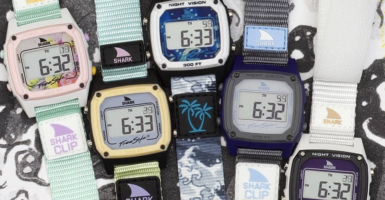A Look Back At The Biggest Stories Of 1966
It’s easy to see what made the 1960s so memorable. It was an exciting and unpredictable time — one in which optimism and hope for the future contrasted sharply with geopolitical strife, making the world feel, conversely, like it was looking toward the future while simultaneously falling apart.
1966 — like every year in the decade — had its fair share of big stories, which ranged from the hippie and countercultural movements coming into their own to the increasing unpopularity of the Vietnam War.
The U.S. stepped up its efforts in Vietnam.
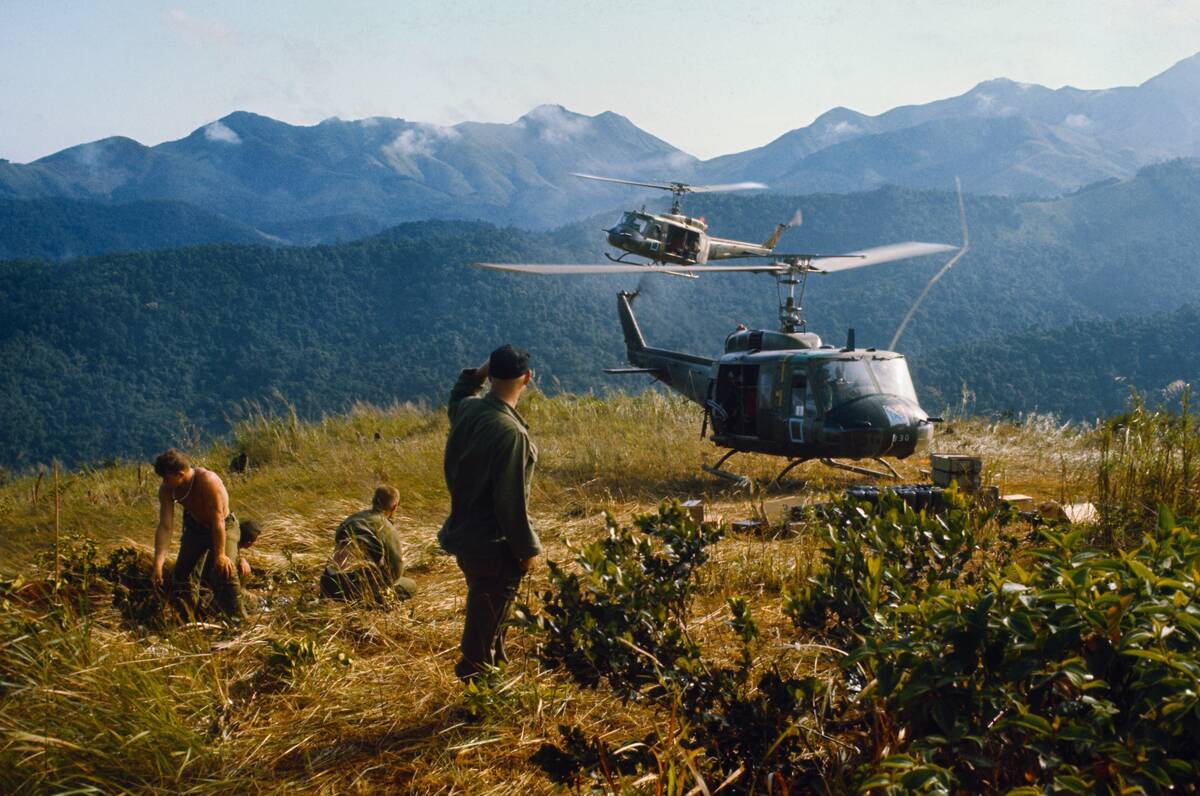
The United States had shown time and time again that it was willing to double down in its fight against communism, and this is evidenced by the troop buildup that took place in Vietnam toward the end of 1966.
Campaigns like Operation Rolling Thunder accompanied this military escalation, though U.S. and South Vietnamese forces found themselves unable to make significant inroads against the Viet Cong and North Vietnamese forces. It was during this pivotal time in the mid-’60s that public sentiment towards the war started to sour dramatically.
The Black Panther Party was founded.
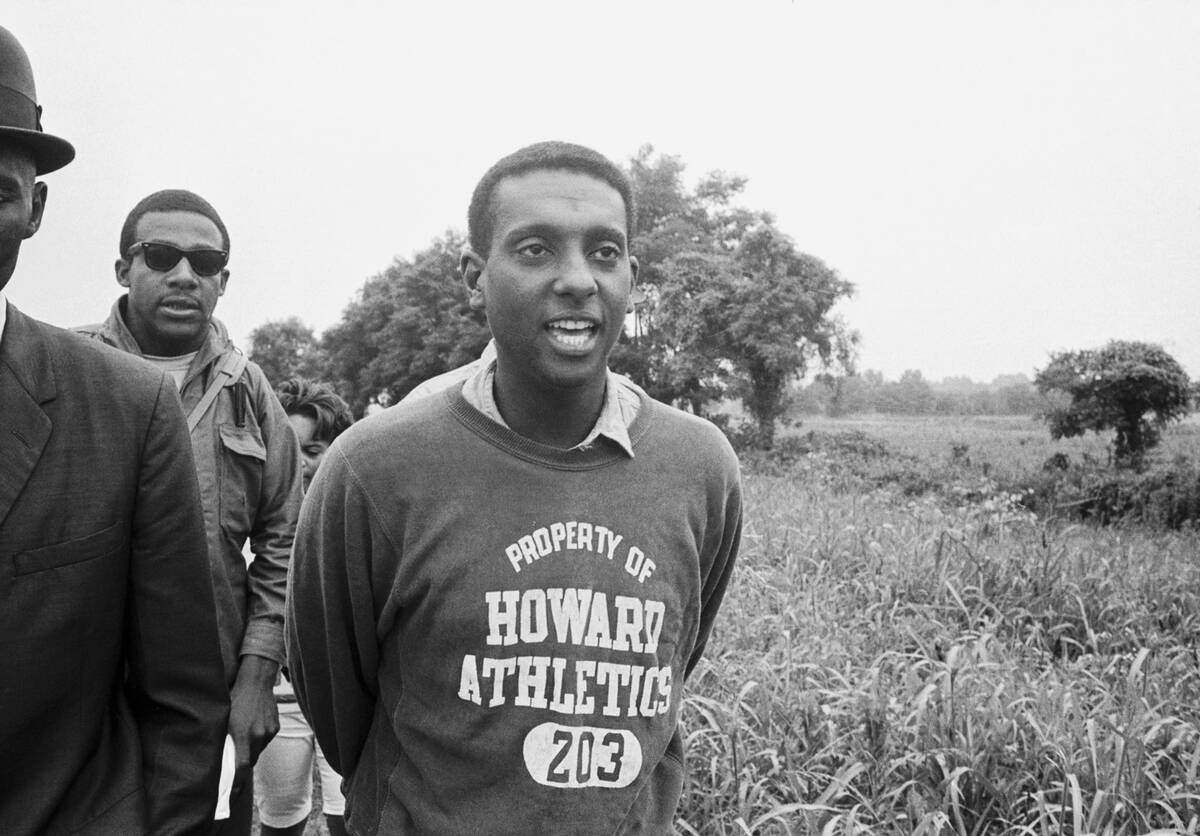
Huey Newton and Bobby Seale founded the Black Panther Party for Self-Defense — eventually shortened to simply ‘Black Panther Party’ — in Oakland, California, in October of 1966.
This mobilization signalled a shift in the civil rights movement, as the Black Panthers were armed and militant as they patrolled neighborhoods and monitored police activity. While their actions often veered into illegal activities, they also had a positive impact through social programs like free breakfast initiatives and community empowerment classes.
England brought the World Cup home.
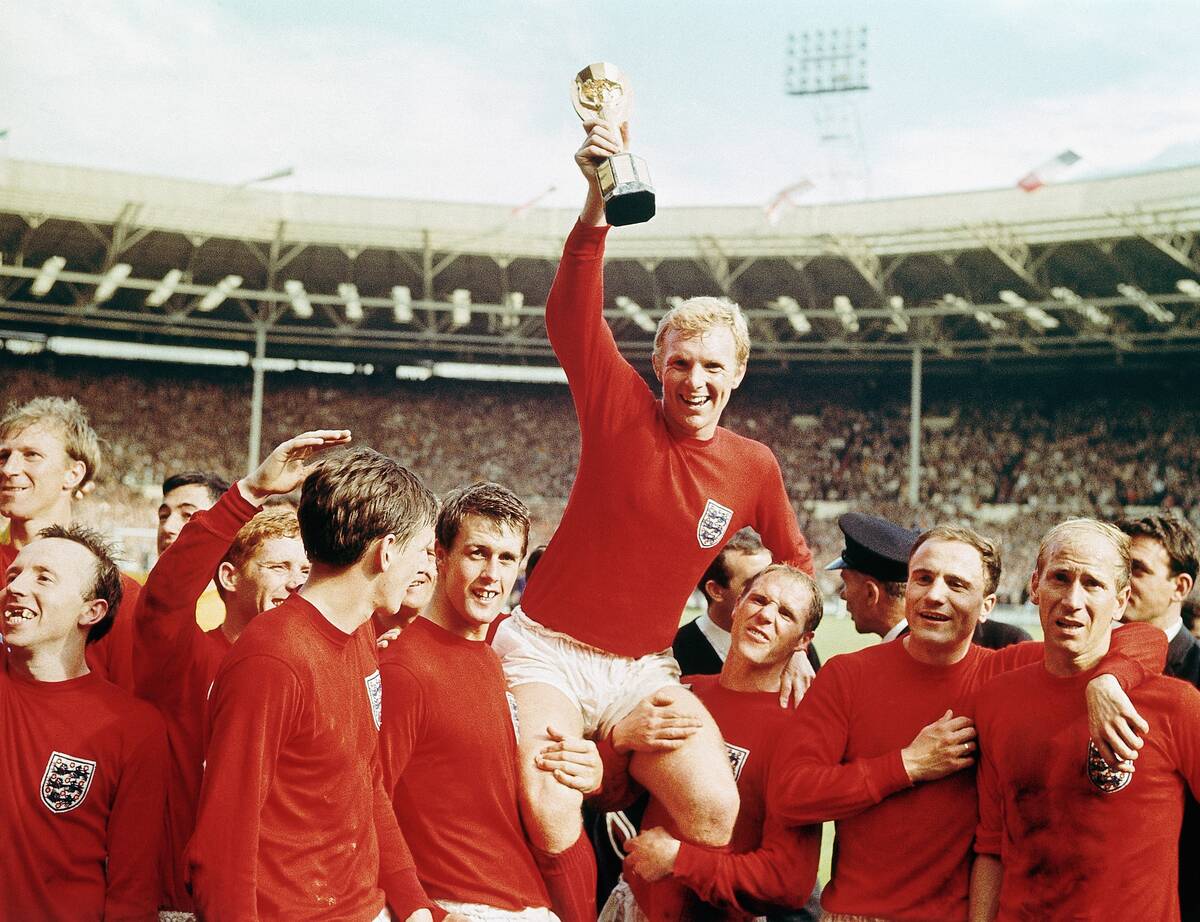
England, the birthplace of soccer, hosted the FIFA World Cup in 1966 and won in dramatic fashion over West Germany at London’s iconic Wembley Stadium. The match featured a hat trick from Geoff Hurst, which is still the only time one player has scored three goals in a World Cup final.
It was a defining moment in British sports history and a huge source of national pride — but more than half a century later, it’s still the only time England has won international soccer’s biggest prize.
The Aberfan Disaster shook up the U.K.
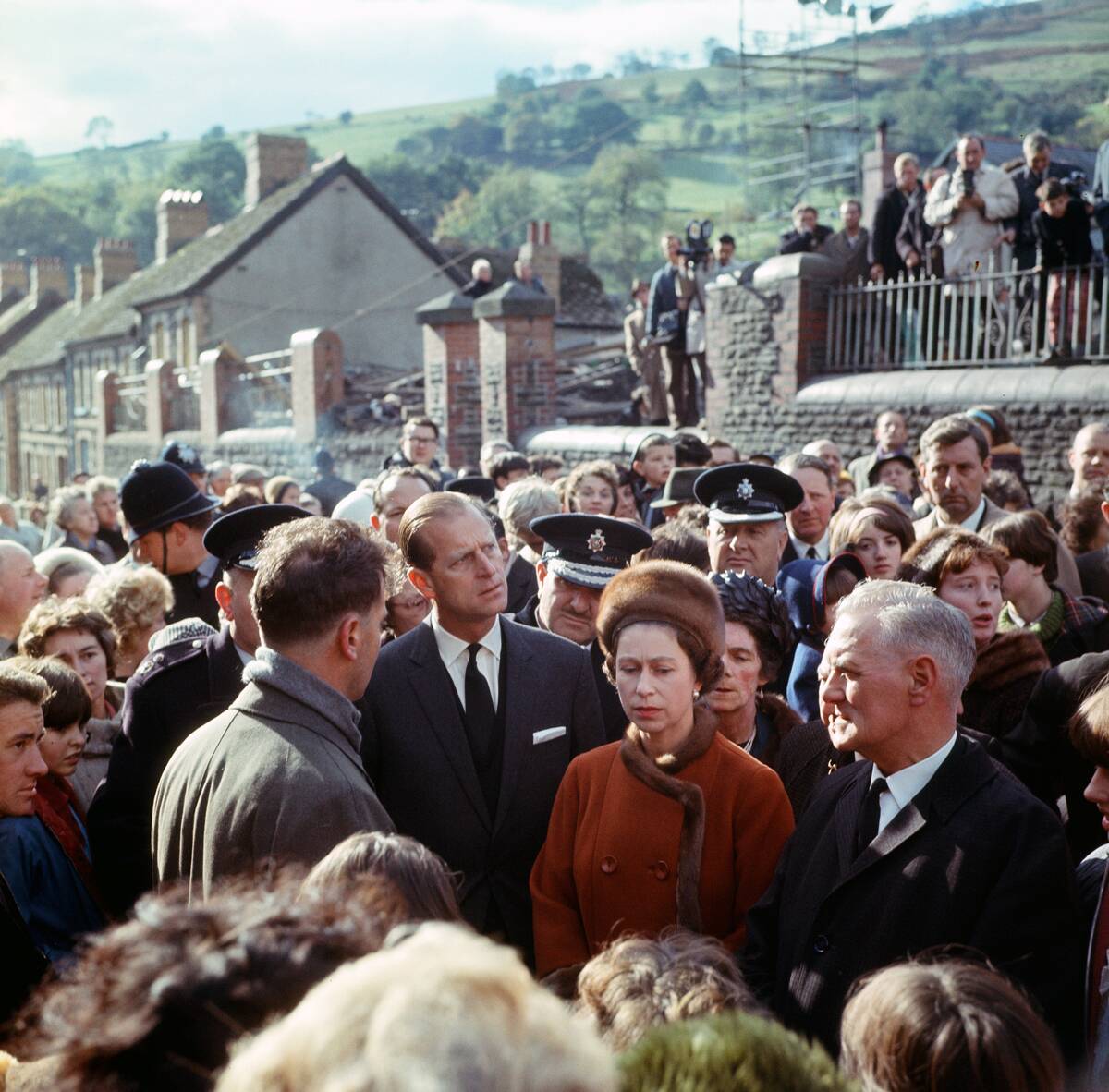
One of the darkest days in Welsh history occurred in the village of Aberfan on October 21st, when a pile of coal mining waste collapsed down a hillside and burying several homes as well as a school.
The disaster killed 144 people, 116 of them children, and exposed negligent practices by the National Coal Board, which had ignored prior warnings about instability in the area. An outraged public demanded answers, and safety reforms in subsequent years were directly tied to the Aberfan Disaster.
Miranda rights were created.
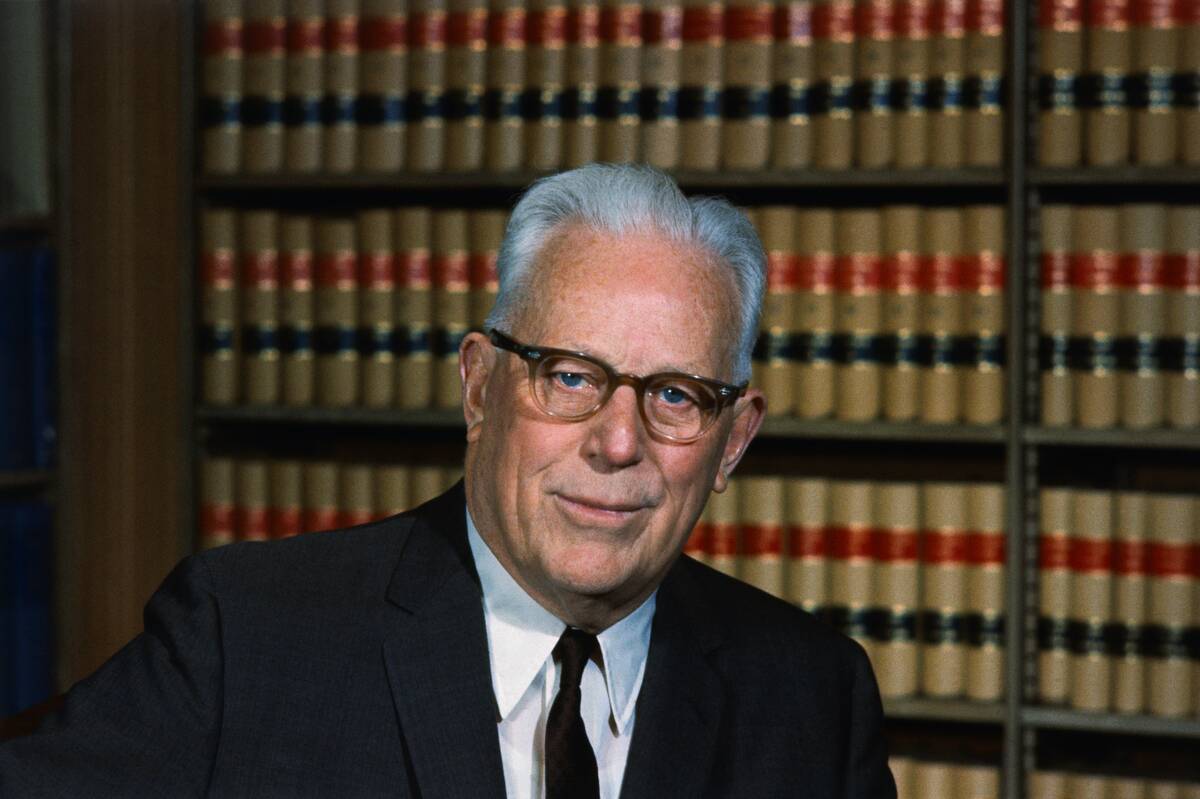
Miranda warnings, which inform a suspect of their rights after being taken into police custody, are taken for granted nowadays. But they’re only in place for a reason, and that reason was the fact that Ernesto Miranda was convicted on a confession without being informed of his rights.
Supreme Court Chief Justice Earl Warren ruled that suspects must be read a standard set of rights, which became known as the Miranda warning. It was a controversial decision at the time, but helped to ensure greater protections surrounding any individual’s Fifth and Sixth Amendment rights.
NASA concluded its Gemini program.
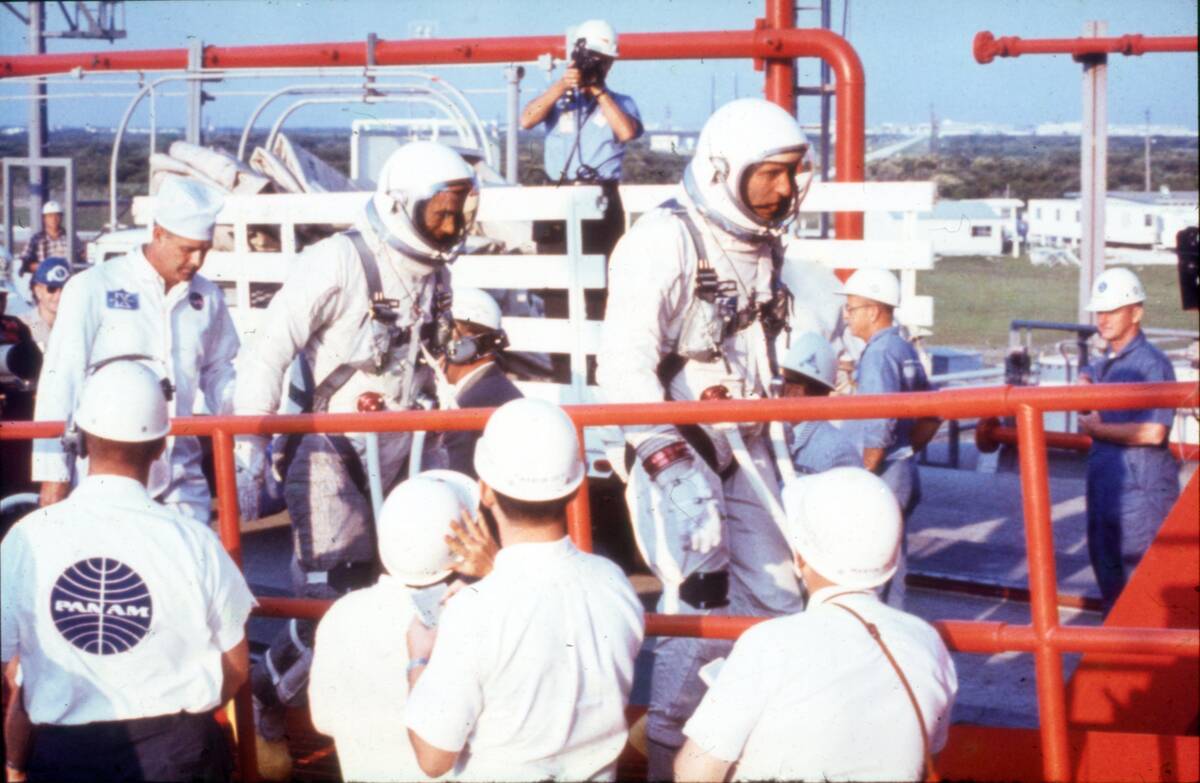
NASA’s Mercury program demonstrated the viability of getting an astronaut into space, and the subsequent Gemini program helped to test spaceflight techniques like docking, extended time in space, and spacewalks. Gemini 12, the program’s final flight, took place in November 1966.
Of course, the end of the Gemini program was really just the beginning of the Apollo program. Just as the success of the Mercury program set the table for Gemini, Gemini’s successes paved the way for Apollo — most notably the moon landing of 1969.
The Civil Rights movement gained momentum.
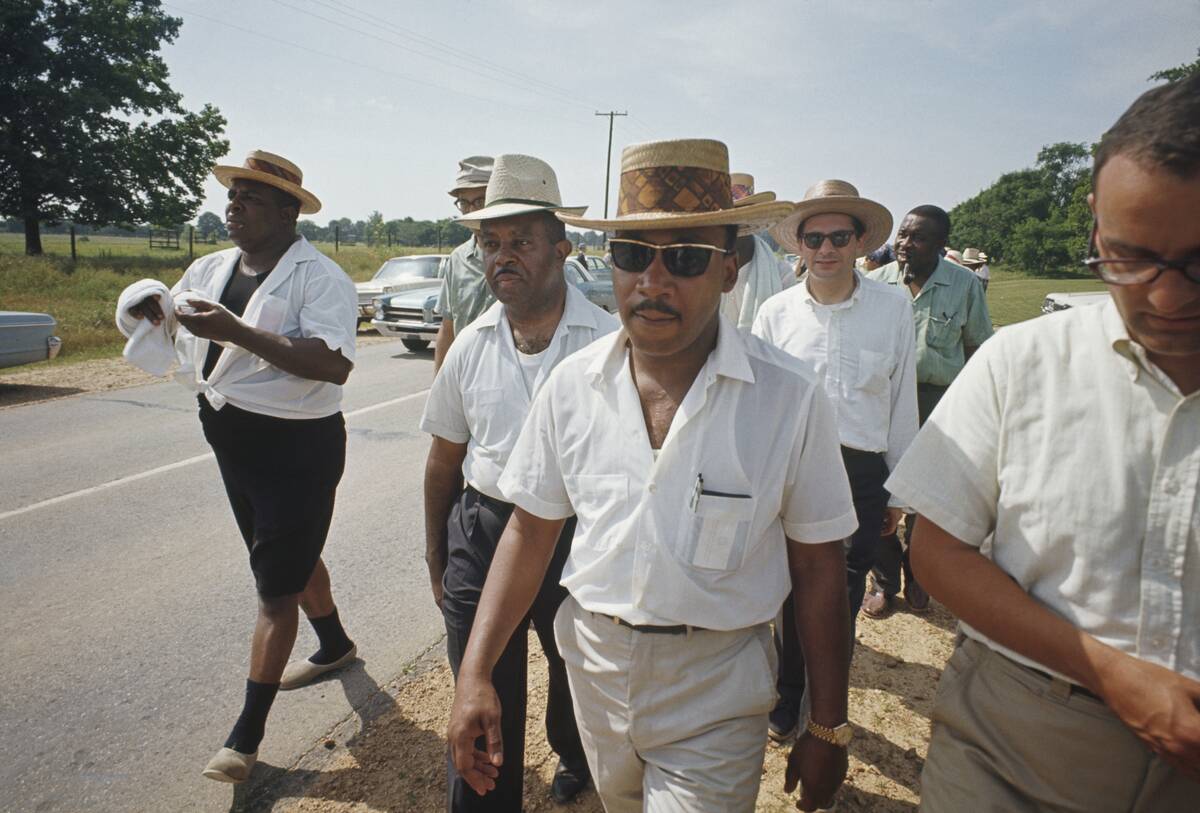
The Civil Rights movement was riding high on the crest of 1964’s Civil Rights Act and 1965’s Voting Rights Act, and in 1966 the movement shifted its focus to northern cities in the United States.
Dr. Martin Luther King Jr. launched the Chicago Freedom Movement to bring attention to inequalities that faced Black Americans in cities outside the south. At the same time, King’s peaceful efforts served as a counterpoint to the more radical methods employed by the Black Panthers.
Mainstream fashion went mod.
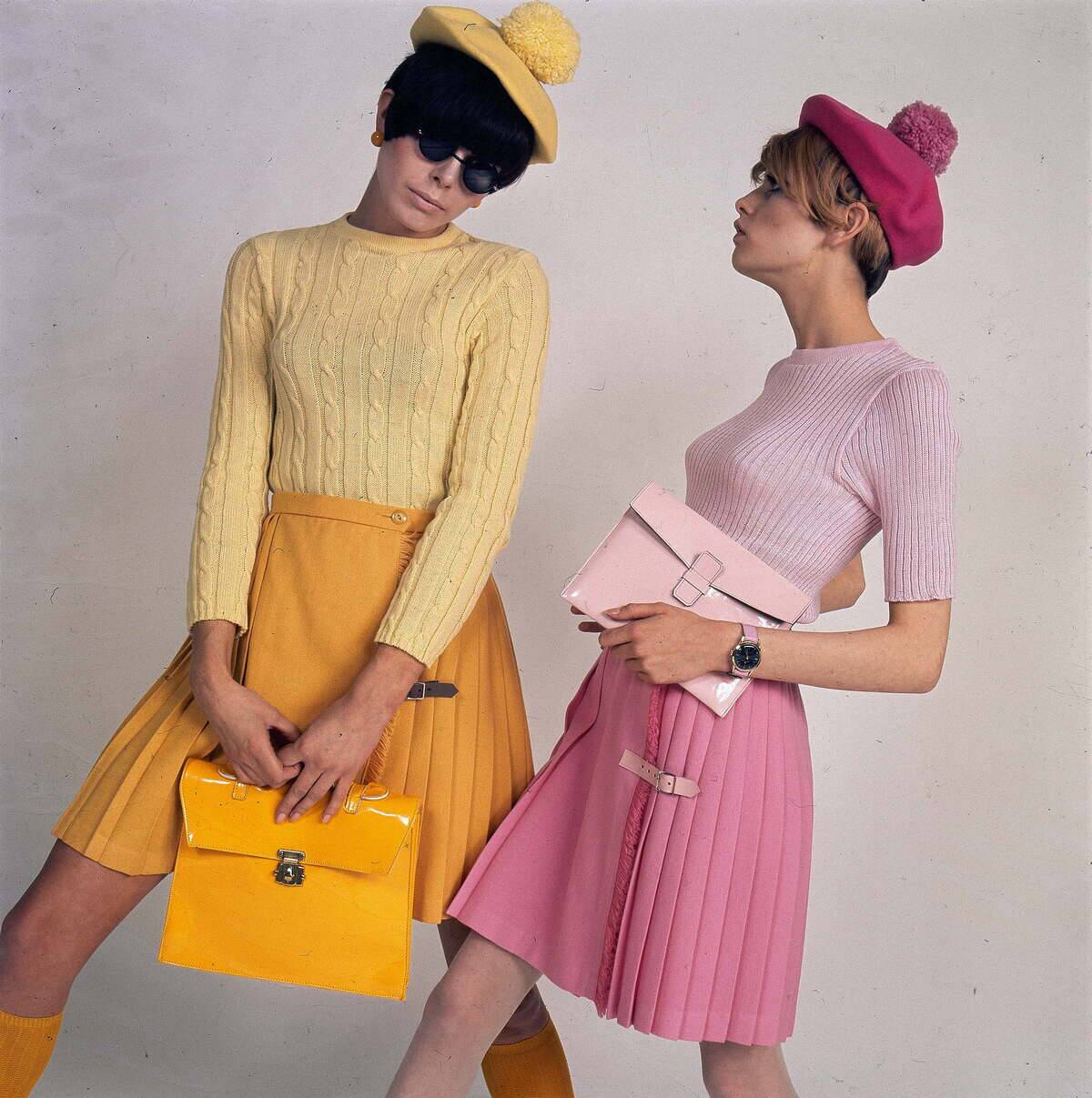
Before the styles of the hippie movement went mainstream, the mod movement — inspired by swinging London — had its moment in the middle of the decade. Trendsetters like Twiggy and Jean Shrimpton helped to popularize mod fashions, which included vivid colors and short skirts.
The movement dovetailed with the women’s liberation movement in challenging traditional views on modesty and femininity. While the overall fashion trend eventually dissipated, miniskirts became a permanent fashion staple.
NASA provided up-close images of the moon.
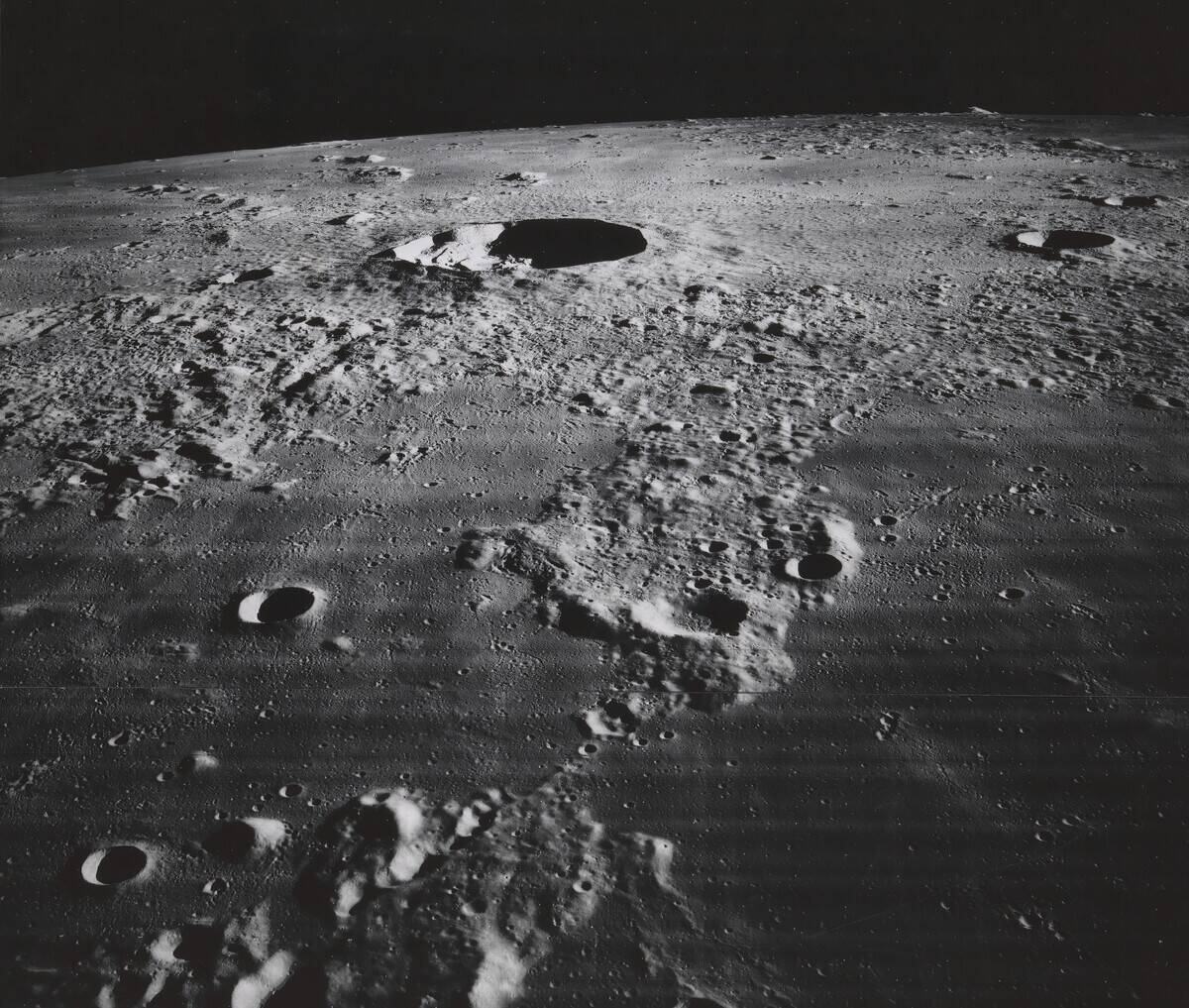
NASA sought to take a good look at the moon before sending humans to orbit it, and they accomplished this with a series of Lunar Orbiter missions — unmanned spacecraft that took the first-ever high-resolution photos of the moon’s surface, along with the first picture ever taken of Earth from the moon’s orbit.
Besides providing fascinating images of an alien world, the missions served a critical role in informing the Apollo moon missions, as they helped NASA scientists understand the terrain of the moon in preparation for selecting potential landing sites.
The National Organization for Women was founded.
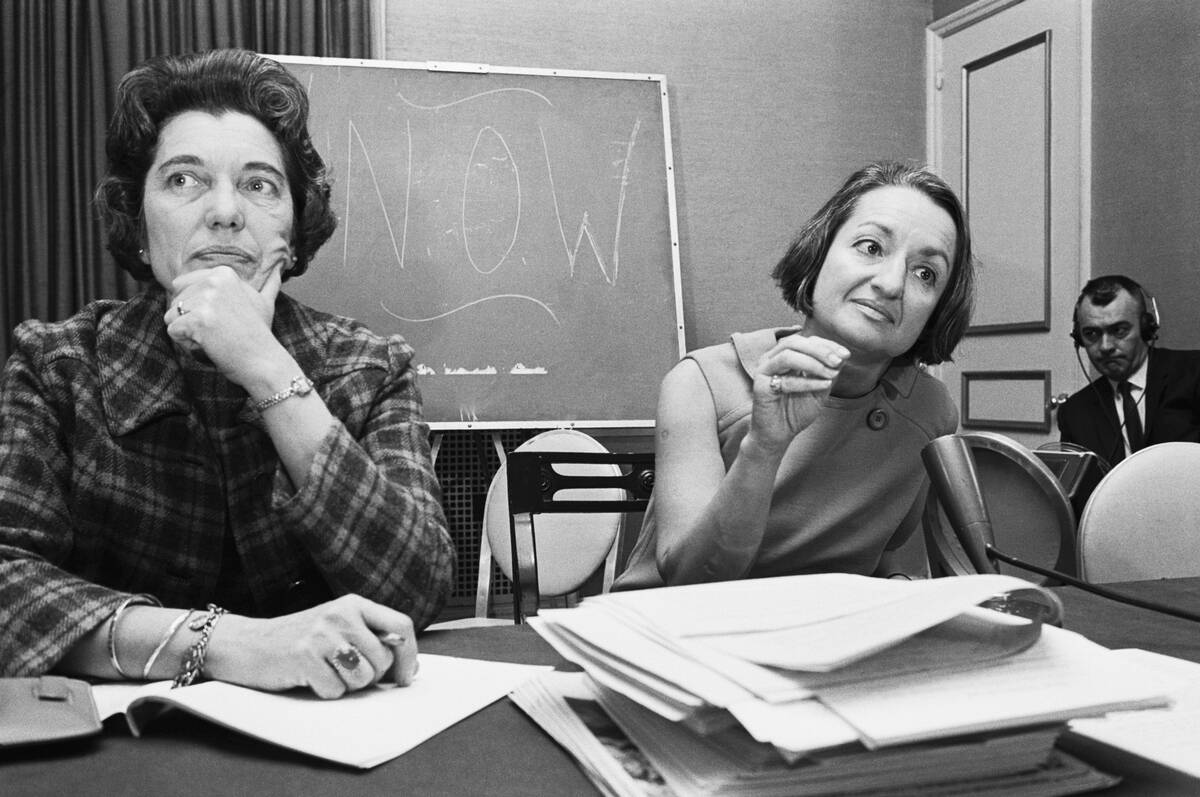
The National Organization for Women, or NOW, was founded by activists including feminist author Betty Friedan, seen on the right in this image. Friedan and her contemporaries founded the organization after noting the lack of enforcement of Title VII of the 1964 Civil Rights Act, which was intended to prohibit workplace discrimination based on sex.
While NOW focused mostly on workplace equality, maternity leave, reproductive rights, and legal reforms in its early days, it soon expanded to become one of the leading voices in the second-wave feminist movement.
Chairman Mao kicked off China’s Cultural Revolution.
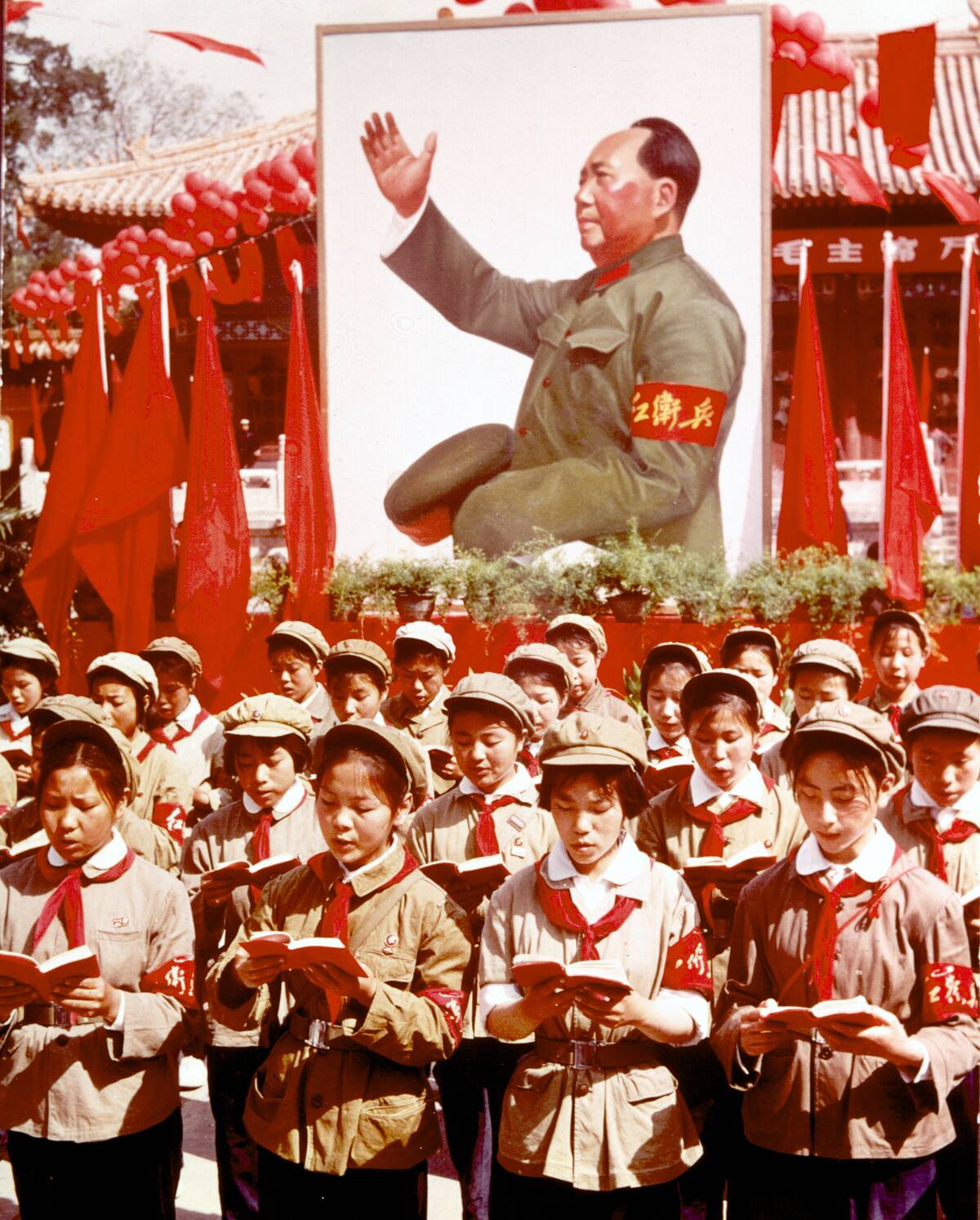
Chairman Mao Zedong’s Great Proletarian Cultural Revolution began in earnest in 1966, as the Chinese leader encouraged students to form Red Guard groups to criticize intellectuals and weed out what he called the “Four Olds”: Old customs, culture, habits, and ideas.
In the process, millions of people were persecuted, books were burned, and cultural landmarks were destroyed. This purge would continue for a full decade, until Mao’s death in 1976.
Civil unrest erupted across the U.S.
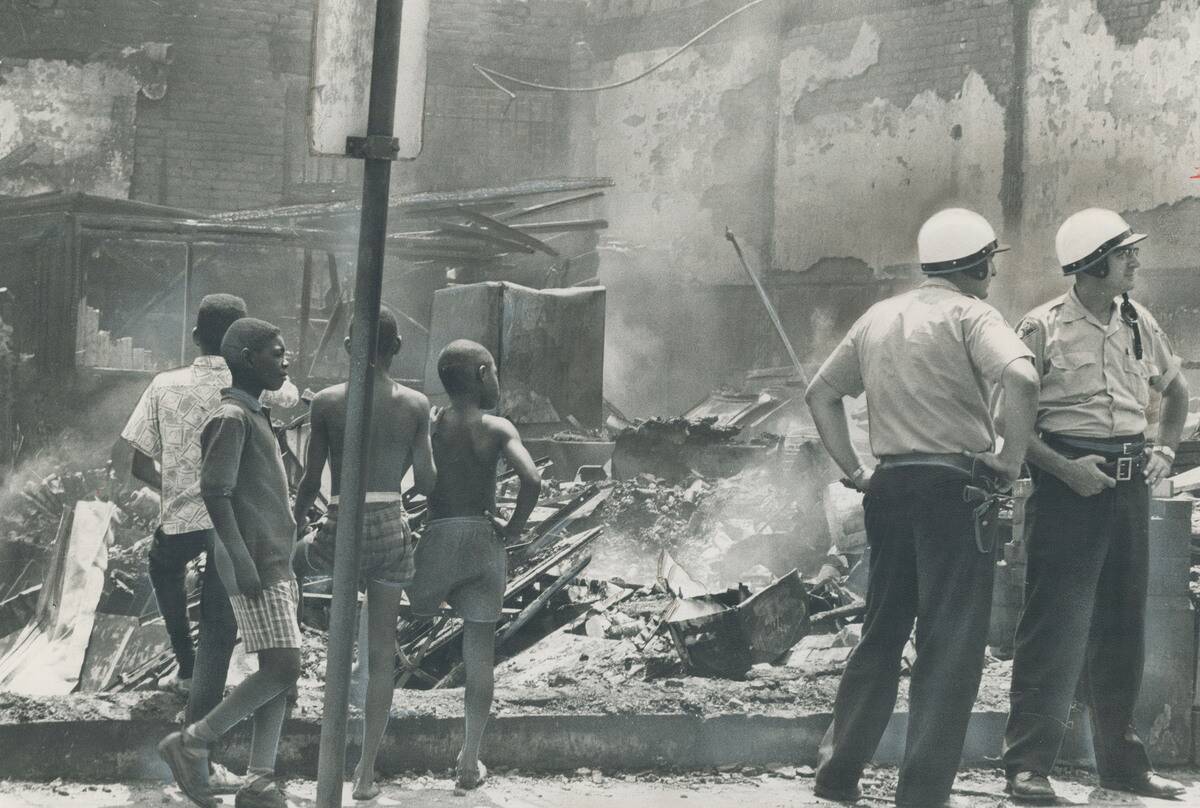
Racial tensions ran high throughout the 1960s, and frequently erupted in devastating riots in various American cities like Cleveland and Chicago. Frustration over various factors, ranging from segregation to police brutality to limited opportunities led to clashes between the public and police.
These uprisings revealed that racial inequality wasn’t just present in the still-segregated south, but also in northern cities. Systemic changes were slow to come about, and even more damaging riots would occur in the years to come.
Indira Gandhi became India’s prime minister.

Indira Gandhi — the daughter of India’s first prime minister, Jawaharlal Nehru, became India’s third Prime Minister, and the first woman to hold the office, following the death of her predecessor Lal Bahadur Shastri. While Gandhi was initially viewed as a compromise candidate, she almost immediately demonstrated strong leadership and worked to consolidate power within India’s Congress Party.
Gandhi’s time in power would solidify the Nehru-Gandhi political dynasty and, in turn, define Indian politics for years. While she wasn’t free of controversy, she would go down in history as one of India’s most consequential leaders.
Acid parties spread psychedelia far and wide.
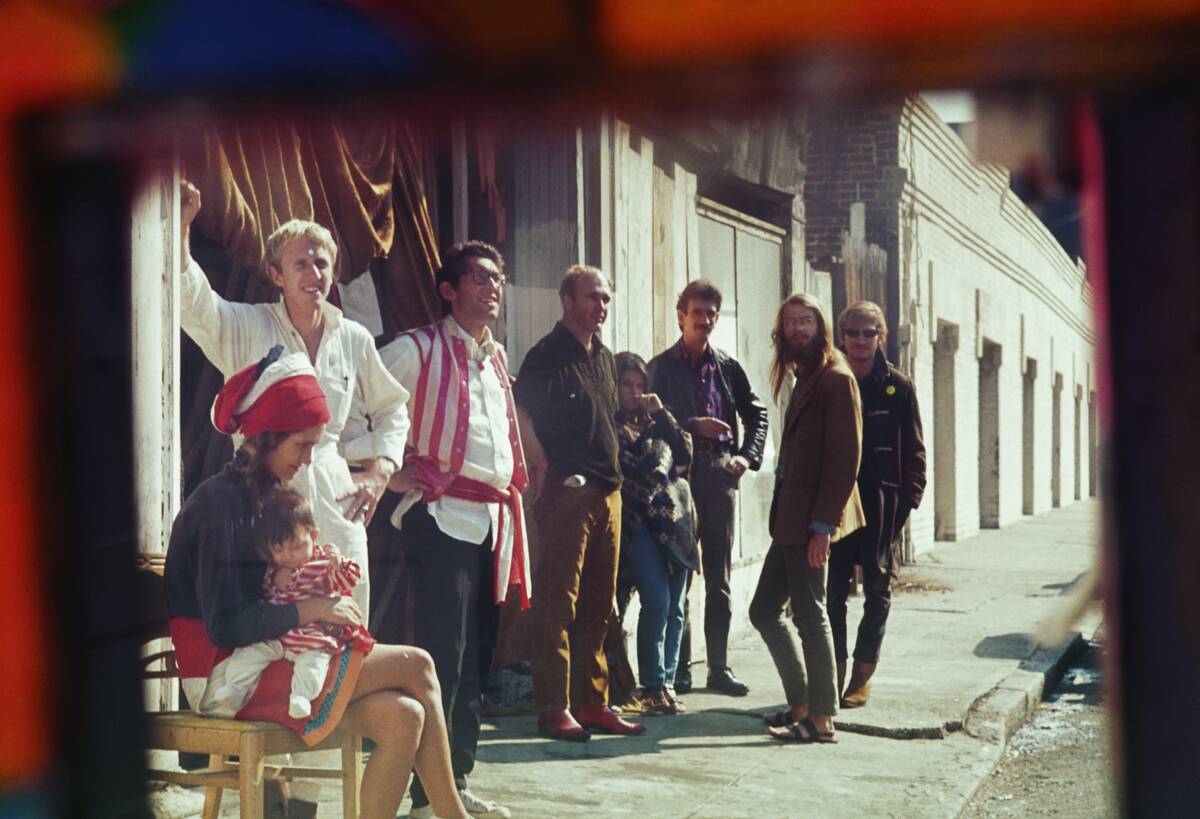
Author Ken Kesey and his contemporaries, known as the Merry Pranksters, held a series of countercultural events in which attendees were encouraged to consume LSD — which was still legal at the time — while immersing themselves in music and art.
These events, which became known as Acid Test Parties, became increasingly popular in Los Angeles and San Francisco. They also helped to lay the groundwork for the emerging hippie movement.
Star Trek premiered.
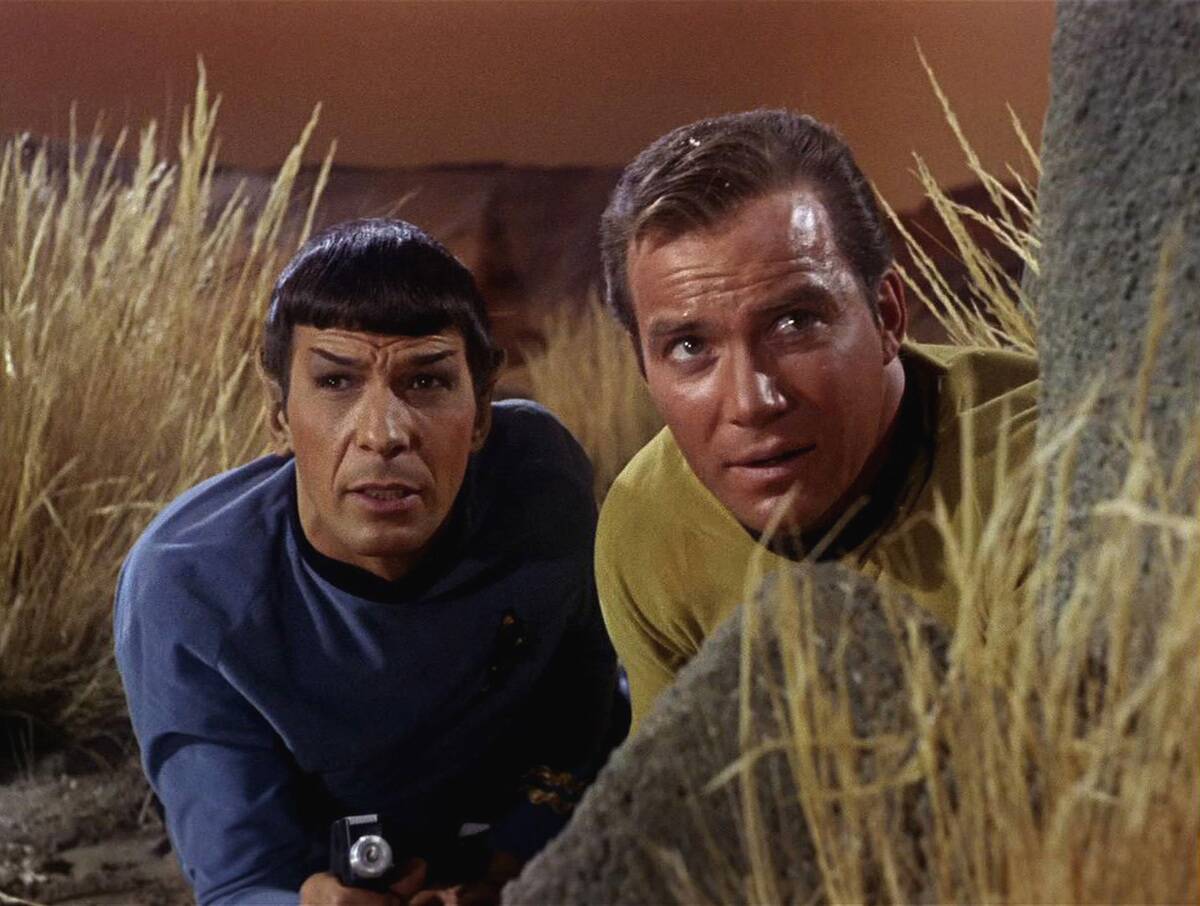
The original Star Trek TV series made its debut on NBC in 1966, introducing audiences to the starship Enterprise, Captain Kirk, Spock, and a host of alien creatures in a show that portrayed an optimistic vision of the future.
The show was noteworthy for its diverse cast and wide-ranging vision. While it wasn’t an immediate ratings hit, it did find its audience fairly quickly and helped to spawn a media empire that’s still going strong today.


